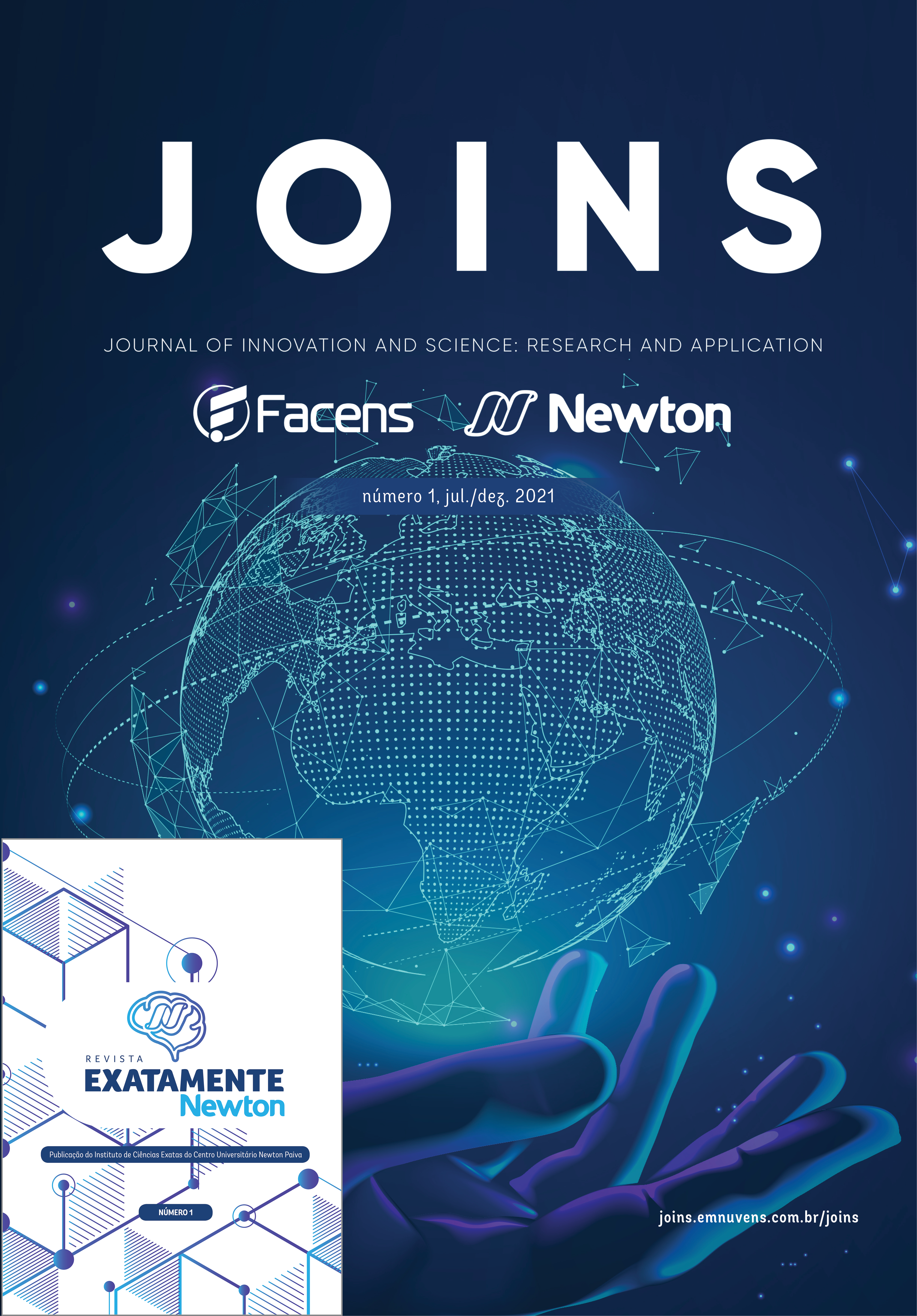FUNCTIONAL PROTOTYPE OF AN ELECTRONIC CANE FOR THE MOBILITY OF VISUALLY IMPAIRED PEOPLE
DOI:
https://doi.org/10.56509/joins.2021.v1.96Keywords:
Prototype, Cane, DeficiencyAbstract
Accessibility problems are observed in the most diverse urban environments: irregular sidewalks, very steep ramps and lack of specific signs are some of the problems faced by people with special needs. So, we seek to mitigate these difficulties through
auxiliary accessories and resources. In this paper, a prototype of an electronic cane is presented, based on the constant observation of the daily life of a person with visual deficiency. Even though it is a very useful resource for the impaired, the conventional cane has important limitations, since the only way to identify the presence of obstacles is based on punctual touches and its range is limited, which can result in accidents, stumbling, falls and bruises. The instrumentation incorporated in the cane aims to allow obstacles to be identified more effectively and in advance. The characteristics of the prototype and development methodology are presented in the text.
References
Whats is Arduino? 2018. Disponível em: https://www.arduino.cc/en/Guide/Introduction. Acessado em 14 de março de 2021.
ATMEL. Atmega328p datasheet. p. 294. 2015. Disponível em: https:// ww1.microchip.com/downloads/en/DeviceDoc/Atmel-7810-Automotive-Microcontrollers-ATmega328P_Datasheet.pdf
BERVEN, H. M.; BLANCK, P. D. Assistive technology patenting trends and the Americans with Disabilities Act. Behavioral sciences & the law, v. 17, n. 1, p. 47-71. 1999.
FILIPE FLOP. Disponível em https://www.filipeflop.com/. Acessado em 20 de fevereiro de 2021.
KIVELL, T. L.; DOYLE, S. K.; MADDEN, R. H.; MITCHELL, T. L.; SIMS, E. L. An interactive method for teaching anatomy of the human eye for medical students in ophthalmology clinical rotations. Anatomical sciences education, v. 2, n. 4, p.173-178. 2009.
LANCIONI, G. E.; O’REILLY, M. F.; SINGH, N. N.; BUONOCUNTO, F.; SACCO, V.; COLONNA, F.; MEGNA, G. Post-coma persons with minimal consciousness and motor disabilities learn to use assistive communication technology to seek environmental stimulation. Journal of Developmental and Physical Disabilities, v. 22, n.2, p. 119-129. 2010.
LIU, W.; REN, X. Large piezoelectric effect in Pb-free ceramics. Physical review letters, Vol.103, no.25, pág. 257602. 2009.
MORGAN, E. J. HCSR04 Ultrasonic Sensor. Pág-6. 2014. Disponível em: https://datasheetspdf.com/pdf-file/1380136/ETC/HC-SR04/1.
Mundo Educação. Cegueira. Disponível em: https://mundoeducacao.uol.com.br/doencas/cegueira.html. Acessado em
de março de 2021.
OTTAIANO, J. A. A.; ÁVILA, M. P.; UMBELINO, C. C.; TALEB, A. C. As Condições de Saúde Ocular no Brasil. Conselho Brasileiro de Oftalmologia, p. 104. 2019.
VIDA DE SILÏCIO. Disponível em https://www.vidadesilicio.com.br/. Acessado em 20 de fevereiro de 2020.
Downloads
Published
How to Cite
Issue
Section
License
Copyright (c) 2021 Journal of Innovation and Science: research and application

This work is licensed under a Creative Commons Attribution-NonCommercial-NoDerivatives 4.0 International License.
The articles published by the journal are free to use, intended for educational and non-commercial applications.
All copyrights are ceded to the journal. The articles represent the views of the authors and not the position of JOINS magazine.


